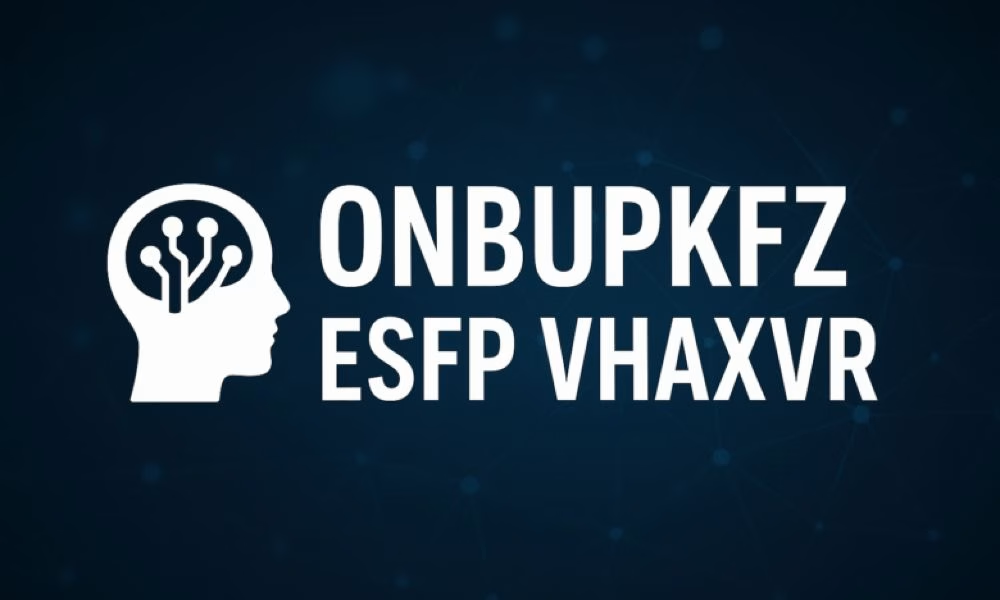What is a Firewall?
Firewalls have long served as the digital guardians of organizational networks. They are crucial in monitoring and controlling incoming and outgoing network traffic based on pre-established security policies. Fundamentally, you can choose firewall for effective data breach prevention as it acts as the first line of defense, preventing unauthorized access while allowing legitimate communication.
Their importance cannot be overstated in today’s environment, where security breaches are becoming increasingly sophisticated. Not only do they help secure sensitive data, but they also ensure compliance with various regulatory standards. The focus must shift towards strategies where data breach prevention starts with Fortinet and similar solutions, offering advanced features tailored to confronting modern cyber threats head-on.
As technological advancements continue to unfold, so do the strategies employed by unauthorized entities to breach network security. This dynamic landscape necessitates that organizations remain vigilant and adaptive.
Investing in a firewall has moved beyond basic necessity; it is now a strategic venture requiring a comprehensive understanding of its types and features. By fortifying their digital perimeter with the proper firewall, businesses protect their assets, build customer trust, and uphold their reputation.
Types of Firewalls
Firewalls vary significantly in terms of capability and complexity. Selecting the appropriate type can vastly enhance network security and operational efficiency. Here are the primary classifications of firewalls and their respective functions, which every organization should understand:
- Packet-Filtering Firewalls: Regarded as the simplest form, packet-filtering firewalls operate by examining data packets at checkpoints. Allowing or blocking data depends on predefined safety rules such as source and destination IP addresses, port numbers, and protocols. They are ideal for quick and essential traffic control but may need more in-depth analysis for intricate security threats.
- Stateful Inspection Firewalls: Going beyond basic packet inspection, stateful inspection firewalls monitor the state of active connections. They use this context to determine whether packets represent legitimate communication. By maintaining a database of active connections, these firewalls effectively filter unwanted traffic and diminish vulnerabilities that simpler firewalls might miss.
- Proxy Firewalls: Also known as application-level gateways, proxy firewalls provide an additional layer of security by acting as intermediaries. They prevent direct connections between protected and outside networks, offering anonymity and assessing data at the application layer. Though they can slow down transactions, their anonymity and superior security capabilities are invaluable.
- Next-Generation Firewalls (NGFW): These firewalls integrate traditional functionalities, adding features like deep packet inspection and intrusion prevention systems. As threats become intricate, NGFW offers robust defenses by examining encrypted traffic, monitoring application traffic, and protecting against more sophisticated threats.
Key Features to Consider
Given the myriad options available, choosing the correct firewall can be daunting. It’s essential to analyze key features to ensure the chosen solution meets current and future demands. Firstly, consider the firewall’s throughput capacity to handle your network’s data volume without creating bottlenecks. Scalability is equally essential to accommodate growth and increased network traffic over time.

Additionally, focus on the security features available; tools like deep packet inspection, threat intelligence integration, and detailed reporting capabilities are crucial for real-time threat analysis. Look for versatility in deployment options, such as on-premises, cloud-based, or hybrid models, to align with your organizational structure and technical capacities.
Furthermore, consider a firewall’s compatibility with other security measures to integrate seamlessly into your existing security architecture.
Best Practices for Firewall Deployment and Management
Implementing a firewall is just the beginning. Continuous management and adherence to best practices are mandatory to ensure its effectiveness over time. Regular firewall firmware updates are critical as they patch vulnerabilities and update defense mechanisms against new threats. Furthermore, routine policy reviews help fine-tune configurations for optimized performance and protection.
It is also beneficial to perform regular audits to ascertain the current security posture and detect any possible weaknesses or anomalies in the system. Regular audits and monitoring provide insights that can guide strategic adjustments in real-time.
Lastly, robust logging must be implemented, and logs must be retained for examination and forensic analysis in the event of an incident. By being proactive and vigilant, organizations can maintain a resilient firewall framework, effectively reducing potential breach risks.
Common Mistakes to Avoid
Despite their significance, many firms still deploy and maintain firewalls incorrectly. One frequent mistake is failing to check firewall logs. Ignoring these logs can lead to missed opportunities to prevent attacks before they happen since they contain essential information about attempted breaches, existing threats, and prospective system weaknesses.
Failing to thoroughly test firewall configurations is another common error that results in security flaws that hackers might exploit. Avoid this by allocating sufficient resources to regular testing and evaluation procedures, which can lead to the required modifications and guarantee the best possible firewall performance.
The Future of Firewall Technology
As cyber threats evolve in complexity, so must the technologies designed to counteract them. The future of firewalls hints at a more intelligent, AI-driven world where threats are identified and predicted, allowing systems to react in real-time. The amalgamation of machine learning and artificial intelligence with firewall technology empowers organizations to shift from reactive to proactive security postures.
In this new era, firewalls can analyze patterns and recognize anomalies suggestive of potential threats beforehand, enhancing reaction speeds and accuracy. These advancements will bolster security measures and streamline management processes, offering automated responses that mitigate risks with minimal human intervention.
As these technologies proliferate, organizations can look forward to a more fortified digital landscape, driving confidence and security in the digital commerce realm.




